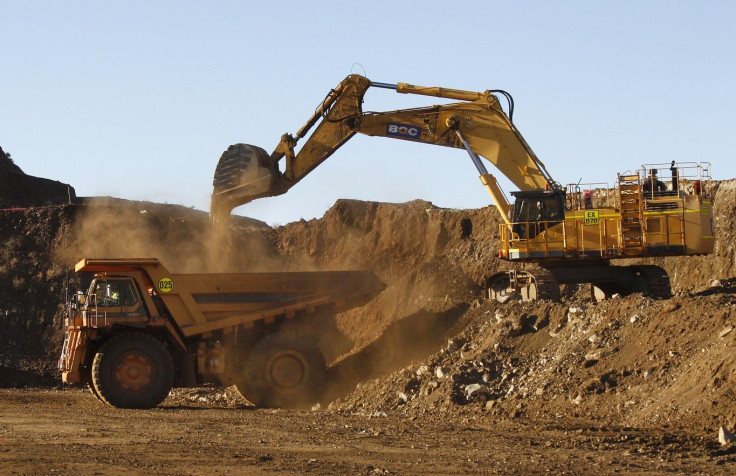Australia's mining industry remains a world leader, report shows

Australia has the largest identified resources of nine major mineral commodities in the world, new statistics show. The data also affirms that the nation’s mining industry remains a world leader, making Australia an appealing destination for investment.
The government has recently released the latest Australia's Identified Mineral Resources (AIMR) report. Minister for Resources and Northern Australia Matt Canavan said at the Prospectors and Developers Association of Canada (PDAC) Convention in Toronto that the most recent statistics show that Australia has the world's largest identified resources of key mineral commodities.
Assessments of resources and reserves at operating mines and other deposits were included in AIMR 2017. It also includes evaluations of long-term trends for major commodities as well as comparative world rankings for mineral resources.
It shows that Australia is in the top five in the world as a producer of 20 out of 34 vital commodities, which are needed for powering and maintaining the modern lifestyle. Examples of these commodities are gold, iron ore, bauxite, mineral sands, zinc, lead, coal and rare earths. These are also essential for building a “high-tech future,” according to a media release.
In 2016, the country’s mineral exports amounted to a value of over $151 billion. It was nearly 46 percent of the value of all exported goods and services. Mining accounted for 7.4 percent of Australia's gross domestic product in the 2016-17 financial year.
Australia had 301 operating mines last year and the world’s highest Economic Demonstrated Resources for gold, iron ore, nickel, lead, tantalum, rutile, zinc, uranium and zircon on December 2016. A national inventory of mineral reserves and resource stocks are compiled annually since 1975.
The Australian government has given Geoscience Australia $100.5 million to lead a four-year program that seeks to boost the country’s attractiveness as a destination for investment in resource exploration. The program is called “Exploring for the Future.”
Leading researchers at Geoscience Australia are utilising innovative techniques to collect new data and information. They are looking into potential mineral, energy and groundwater resources in some of Australia's most underexplored locations. Geoscience Australia is partnering with the Northern Territory, Queensland, South Australian, and Western Australian governments.
Findings from the Exploring for the Future program are expected to be made available to the public through the Geoscience Australia website. The pre-competitive information and data will be released on an ongoing basis over four years. Further information about AIMR 2017 can be accessed online at www.ga.gov.au/aimr.





















